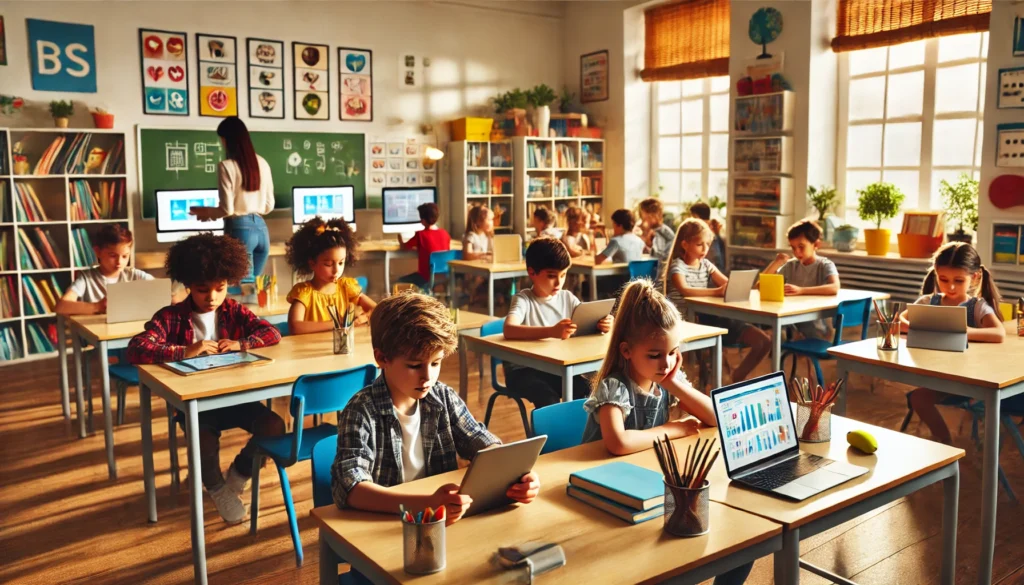Smartphone and mental health risks: Put a label on smartphones to warn kids about the pitfalls they hide. Or rather, they are hidden behind prolonged, sometimes unlimited use of apps and platforms that tend to be addictive. Hence, it makes people spend much time in front of the display. The target is the younger public, and the alarm comes from Spain, where a group of experts has asked the Iberian government to intervene in this regard as part of a strategy to protect young people.
The idea came about last January when the Iberian Ministry of Youth and Children commissioned a study by a group of specialists to counter the use of pornography among teenagers. The surge recorded in recent years has raised the threshold of attention, and there is a need to find a solution to stem ‘an authentic epidemic’, as Pedro Sanchez, Prime Minister of Spain, called it.
Smartphones as cigarettes?
The debate among the more than 50 experts generated a 50-page report and 107 measures that include sociological and neuroscientific diagnoses designed to manage not only the spread of porn among minors but, more broadly, children’s access to explicit content and their relationship with digital devices. Hence, the conviction that we must take strong action to curb the drift and attempt to restore order. Starting with a premise: a warning on mobile phones about the potential damage to mental health caused by the excessive use of mobile devices, social media, digital platforms and mobile apps. The first reaction that comes to mind is that equating smartphones with cigarettes is nothing new because it has already been talked about in the past after a number of tragedies affecting minors, including cases of suicide, cyberbullying and depression caused by the digital reality in which teenagers spend more and more time.
I do not know whether an explicit warning, either in text form or with specific images, will bring about a change in the way young people approach social platforms. On the contrary, I have my doubts that the measure serves little purpose, as is the case with cigarettes, because those who have the habit and want to smoke continue to do so, even though every time they have to take a cigarette out of the packet they are confronted with horrifying images of the effects of smoking.
Of course, the differences exist because tobacco is about adults (at least in theory). In contrast, here we are talking about minors, so reading and watching scenes that symbolise dangers to the growth of children may appeal to the minds of children and their parents.

Progressive digital access a good solution
I do not doubt that to find a more effective solution, we should look at other measures suggested by Spanish experts. The first concern is time limits for children’s exposure to smartphones, tablets, and computer screens. The specialists provided a precise division based on progressive access: no exposure for children under 3 years old, limited exposure for children between 3 and 6 years old, and use only of mobile phones without internet connection from 7 to 12 years old. Another indication linked to the development of adolescents is access to social networks, with the minimum age being raised from 14 to 16 (this is an open issue because there is no uniformity, and each country sets the minimum threshold).
This is not the end of the story because doctors are also stakeholders in children’s growth. On the subject of the Internet and electronic devices, they should ask young patients about their habits and the time spent in front of the monitors during their visits. The aim is not to mind other people’s business but to detect any annoyances related to depression, anxiety or other disorders triggered by excessive use of telephones.
As for schools, the experts’ advice aims at reviewing tools and applications and eliminating online educational games that offer instant gratification systems. Moreover, according to them, tech companies should be obliged to add labels warning about the principal risks of prolonged use of digital devices and software, with warnings that should also appear on screens when minors access certain apps and platforms, with messages informing about mental health risks and recommending limited exposure time.
This issue is one of the most complex to tackle, and we have known it for a long time, and it is demonstrated by what is happening in various countries. Australia recently introduced a law denying access to social networks to those under 16, although the rule will come into force next year, with heavy fines for platforms that do not comply with the law. In France, smartphones have been banned from schools for children under 15, except for emergencies and disabilities. Same script as in several areas of the United States.
On the other hand, if even Unesco last year called on all countries to ban phones in the classroom, to avoid distracting children, it is clear that the issue represents a problem that needs to be remedied. The moves by Spain and other countries show that perhaps the orientation is changing and that, at least at school, smartphones and other devices can be dispensed with.



